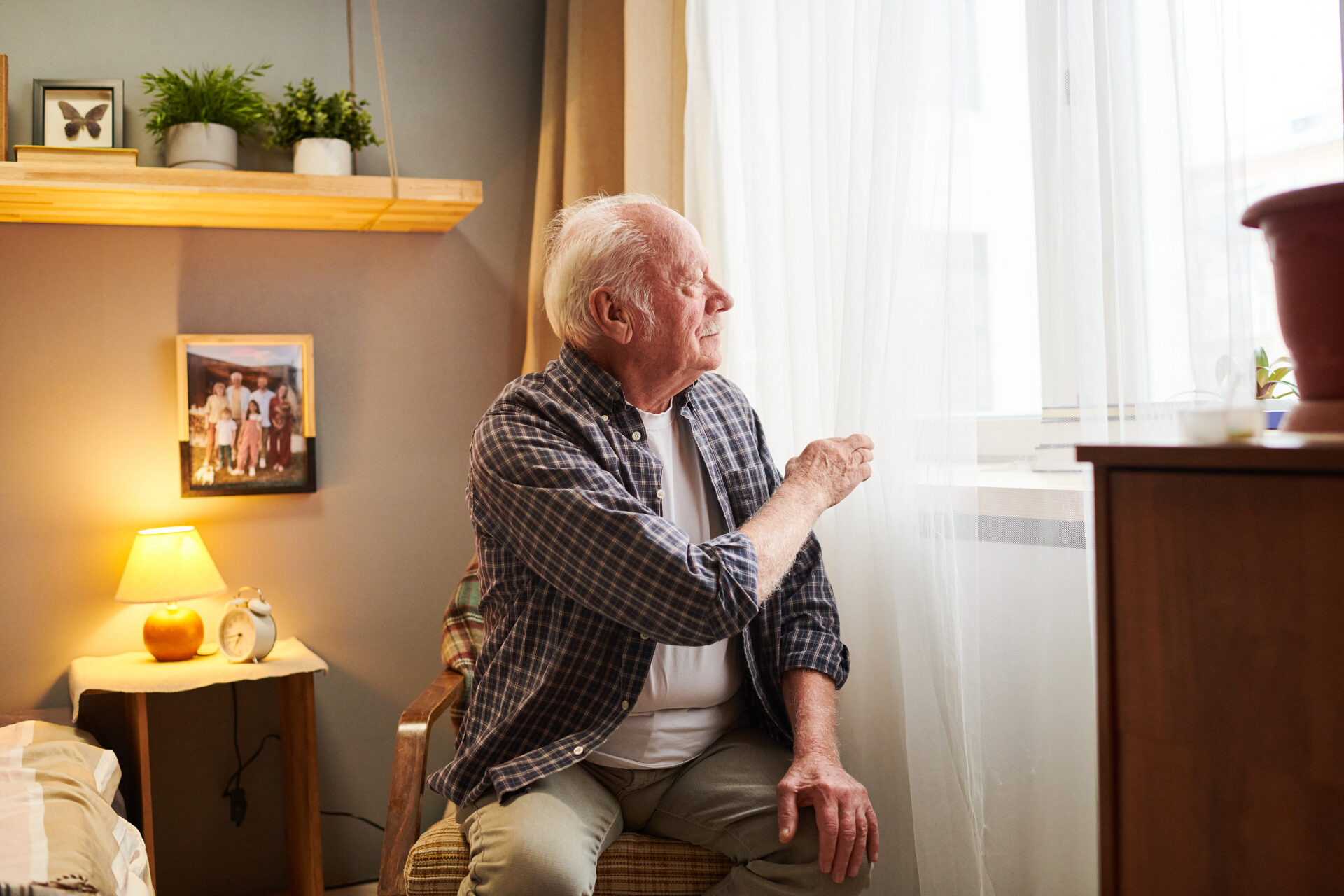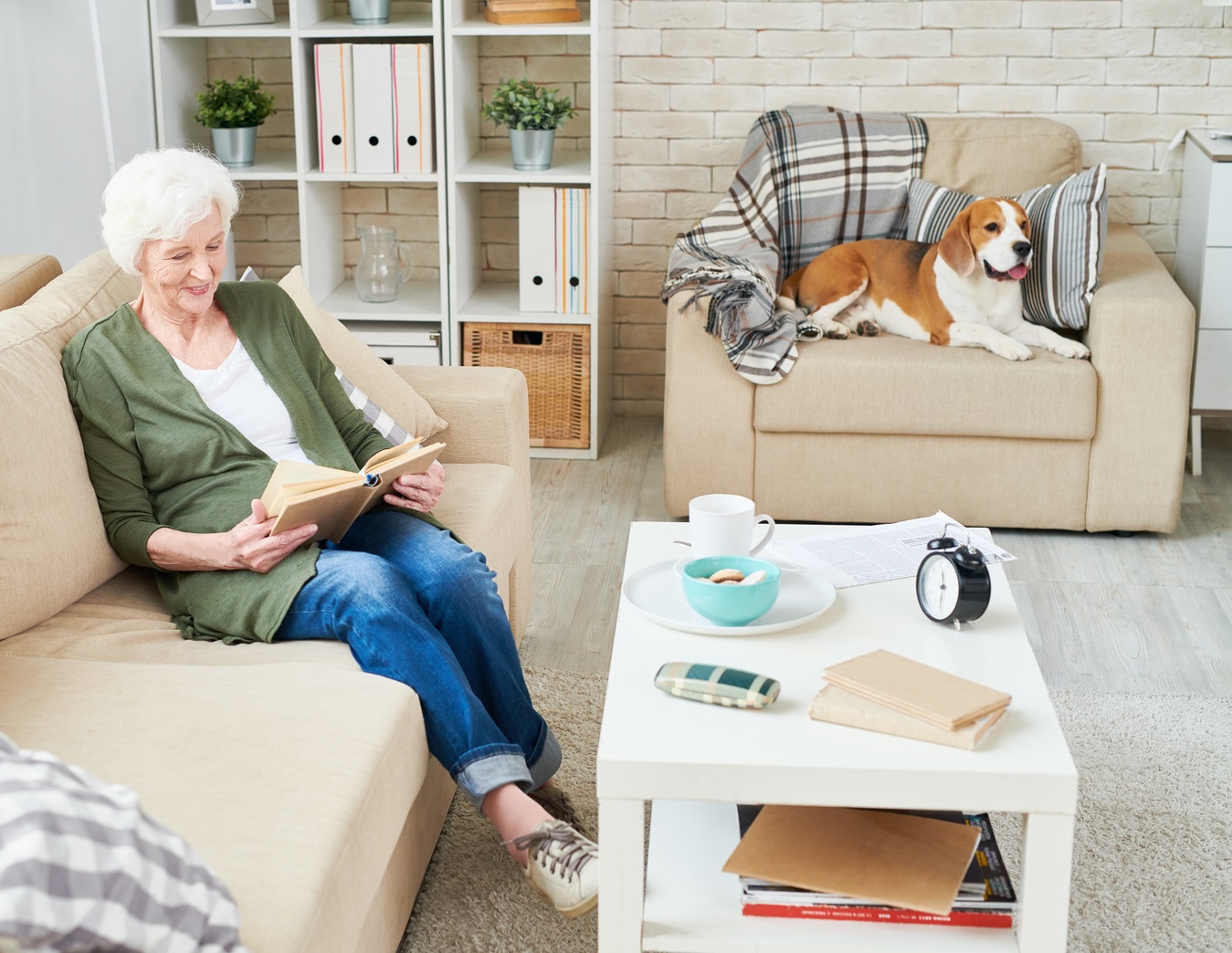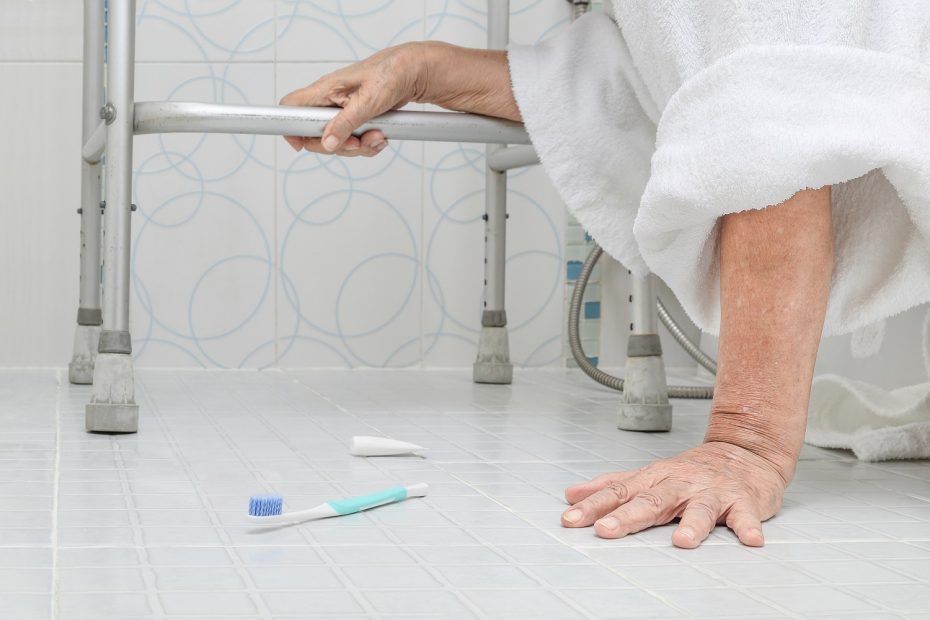In the world of elder care, false alarms in fall detection are a significant concern. As technology becomes more integrated into our daily lives, particularly in caring for the elderly, understanding these false alarms becomes crucial. For many family caregivers, managing these systems can be challenging, yet rewarding, in ensuring the safety and well-being of their loved ones.

The Importance of Fall Detection
Fall detection systems are designed to provide alerts when an individual falls, allowing for swift assistance. These systems are especially important for the elderly, who are more susceptible to falls due to frailty or medical conditions. The goal is to increase the response time and potentially prevent serious injuries.
How Fall Detection Works
Most fall detection devices use accelerometers to detect sudden movements. When a fall is detected, the device sends an alert to pre-designated contacts or emergency services. This technology is also discussed in detail at fall detection contacts.
The Role of Technology in Elderly Care
Technology is transforming how we care for the elderly. Solutions like smart elderly care solutions are making independent living safer and more convenient for seniors.
Understanding False Alarms
However, a significant issue with these systems is false alarms. These occur when the device mistakenly identifies a non-fall event as a fall, leading to unnecessary panic and disruption.
Causes of False Alarms
False alarms can be caused by several factors including sudden movements that mimic a fall, device malfunctions, or incorrect settings. Understanding these causes is key to managing and reducing their occurrence.
Impact on Caregivers
For family caregivers, false alarms can be stressful and can lead to ‘alarm fatigue,’ where caregivers become desensitized to alerts, potentially missing real emergencies. The impact of this is discussed in more detail at IoT sensors in daily life.
Strategies to Minimize False Alarms
To effectively manage false alarms, it’s important to employ strategies that can help minimize their occurrence.
Regular Device Checks
Regular maintenance and checks of the fall detection devices can prevent malfunction-induced false alarms. Ensuring that devices are calibrated correctly is essential.
Training and Education
Providing comprehensive training for both the elderly users and their caregivers on how to properly use and maintain these devices is crucial. Understanding how to adjust settings and recognize false alarms can significantly reduce stress.
Choosing the Right Technology
Selecting the right fall detection technology, such as those that do not rely on cameras, can be crucial. Privacy-friendly solutions are available and discussed in detail at fall detection without cameras.
Impact of False Alarms on the Elderly
False alarms can also affect the elderly psychologically, causing anxiety and fear of being alone. It is crucial to address these concerns.
Building Confidence
By ensuring that devices are reliable and by providing reassurance, caregivers can help build confidence in the elderly to continue living independently without fear.
Encouraging Open Communication
Encouraging conversations about any concerns the elderly may have regarding the technology can help alleviate fears and enhance their comfort levels.
Looking Towards the Future
As technology continues to advance, the accuracy and reliability of fall detection systems are expected to improve, reducing false alarms. Innovations in smart technology, discussed at smart solutions for elderly care, are promising.
Research and Development
Ongoing research into improving sensor technology and algorithm accuracy will continue to make these systems more reliable, providing peace of mind for both users and caregivers.
Community and Support
Building a supportive community for caregivers, where experiences and solutions can be shared, is essential. Engaging with resources like the CDCs falls prevention initiatives can be beneficial.
Conclusion
While false alarms in fall detection present challenges, understanding and managing them can lead to improved care for the elderly. With the right strategies and technology, caregivers can provide safer and more effective support, helping their loved ones maintain independence and peace of mind.

FAQ
What causes false alarms in fall detection systems?
False alarms are often caused by sudden movements that mimic falls, device malfunctions, or incorrect settings.
How can false alarms be minimized?
Regular maintenance, proper training, and selecting the right technology can help minimize false alarms.
What are the impacts of false alarms on the elderly?
False alarms can cause anxiety and fear in the elderly, but with reassurance and reliable devices, these effects can be mitigated.
This article contains affiliate links. We may earn a commission at no extra cost to you.






